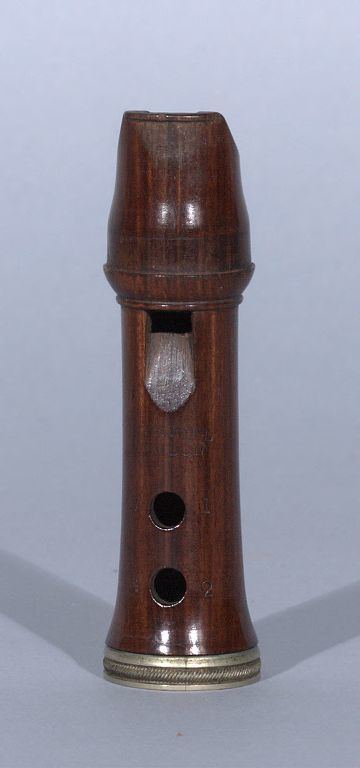 | ||
A ferrule (a corruption of Latin viriola "small bracelet", under the influence of ferrum "iron") is any of a number of types of objects, generally used for fastening, joining, sealing or reinforcement. They are often narrow circular rings made from metal, or less commonly, plastic. Ferrules are also often referred to as eyelets or grommets within the manufacturing industry.
Contents
Most ferrules consist of a circular clamp used to hold together and attach fibers, wires, or posts, generally by crimping, swaging, or otherwise deforming the ferrule to permanently tighten it onto the parts that it holds.
Examples
Reasons for use
Some of the reasons people use ferrules include:
References
Ferrule Wikipedia(Text) CC BY-SA
